The Vietnam War was one of the worst difficulties the US military has ever faced. They were up against an adversary who battled in a unique way. Even while the Americans and their allies, the South Vietnamese, had a clear advantage in terms of weapon quantity and quality, their adversary had other distinct advantages.
The war was entirely fought in jungle terrain, to which American forces were unaccustomed. The dense jungle hampered the deployment of armored vehicles, complicated logistics, and limited the employment of the air force as a support force. The Vietnamese forces, on the other hand, used all the jungle’s features to their advantage. Since the jungle wasn’t favorable to the American forces, they had to fight by all means possible.

One of the best but also the most controversial weapon used was Agent Orange. During the Vietnam War, US military forces employed Agent Orange, a strong pesticide, to eradicate forest cover and crops for North Vietnamese and Viet Cong troops. From 1961 through 1971, the US program known as Operation Ranch Hand sprayed more than 20 million gallons of herbicides over Vietnam, Cambodia, and Laos.

Agent Orange was the most frequently used and most toxic herbicide in Vietnam. Agent Orange I, Agent Orange II, Agent Orange III, and “Super Orange” were some of the different combinations that were available. In Vietnam, more than 13 million gallons of Agent Orange were utilized, accounting for over two-thirds of all herbicides used during the war.
Dioxin In Agent Orange

Agent Orange’s active components included considerable levels of 2,3,7,8-tetrachlorodibenzo-p-dioxin, also known as TCDD, a kind of dioxin that caused plants to “defoliate” or lose their leaves. Dioxin was not purposefully added to Agent Orange; rather, it is a byproduct of the herbicide manufacturing process. All of the herbicides used in Vietnam included it in variable concentrations.
Trash incineration, the burning of gas, oil, and coal, cigarette smoking, and many manufacturing operations such as bleaching all produce dioxins. The dioxin TCDD, which was detected in Agent Orange, is the most toxic of all dioxins.
Effects
The usage of Agent Orange later discovered that it caused considerable health problems in Vietnamese people as well as returning US servicemen and their families, including cancer, birth deformities, rashes, and severe psychological and neurological difficulties.

Dioxin is a highly persistent chemical molecule that can be found in soil, lake, and river sediments, as well as in the food chain, for many years. Fish, birds, and other animals collect dioxin in their fatty tissue. Meats, poultry, dairy products, eggs, shellfish, and fish are the most common sources of human exposure. According to researchers, Dioxin is very harmful even in minute amounts and it is widely recognized as a carcinogen, a cancer-causing agent.
Since Agent Orange was used, the exposure has resulted in the deaths or maiming of around 400,000 persons in that country. Furthermore, Vietnam alleges that half a million children have been born with major birth deformities and that 2 million people have cancer or other illnesses as a result of Agent Orange exposure.
Sources:History, Simple History, World Health Organization

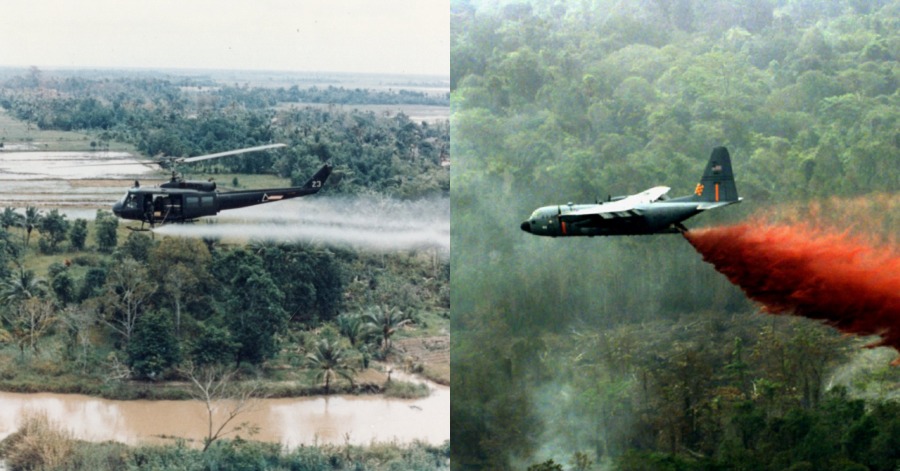
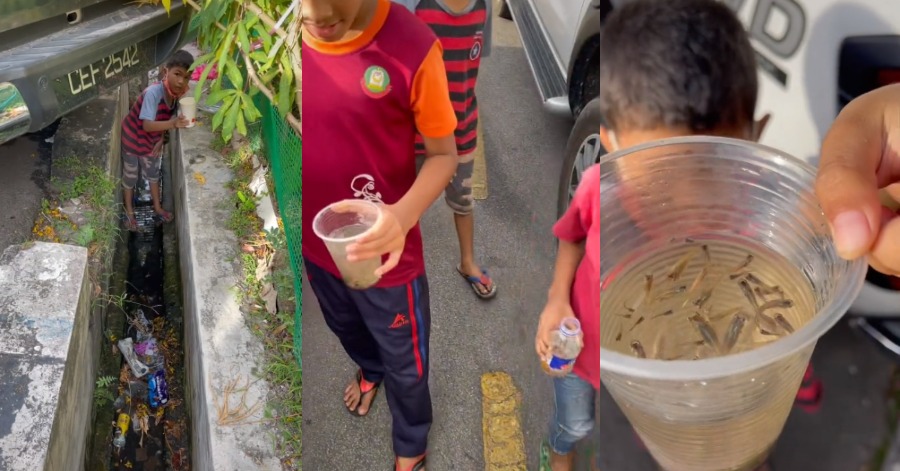

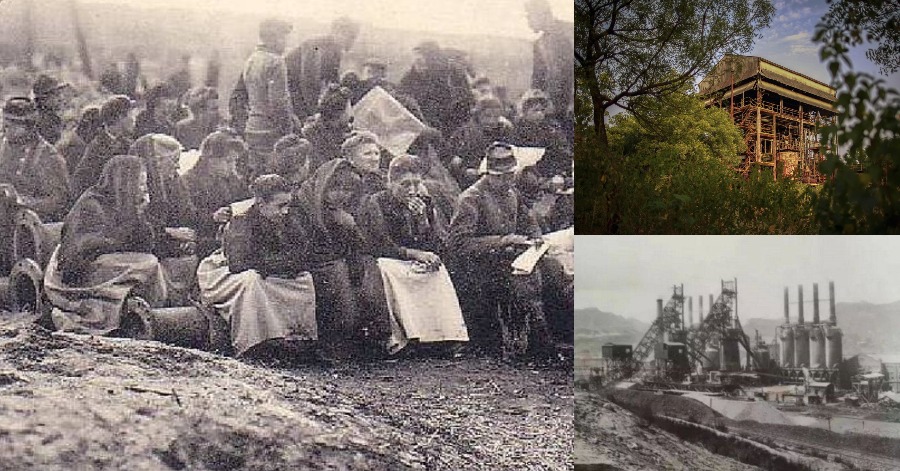
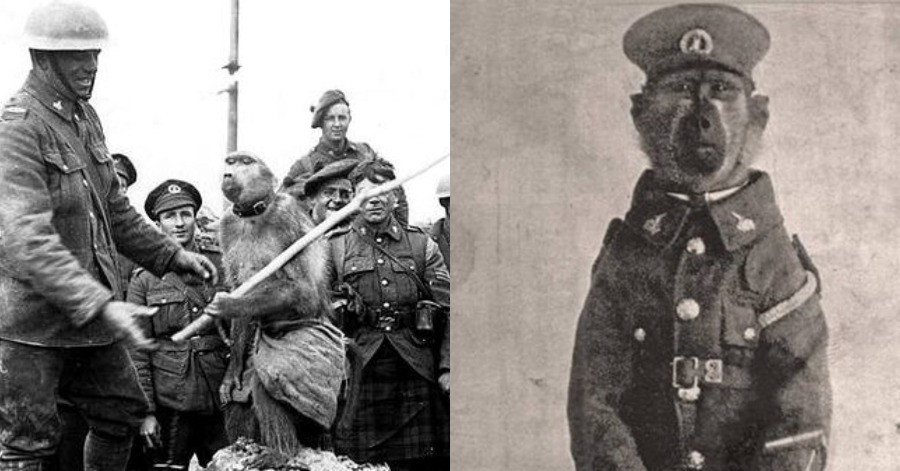
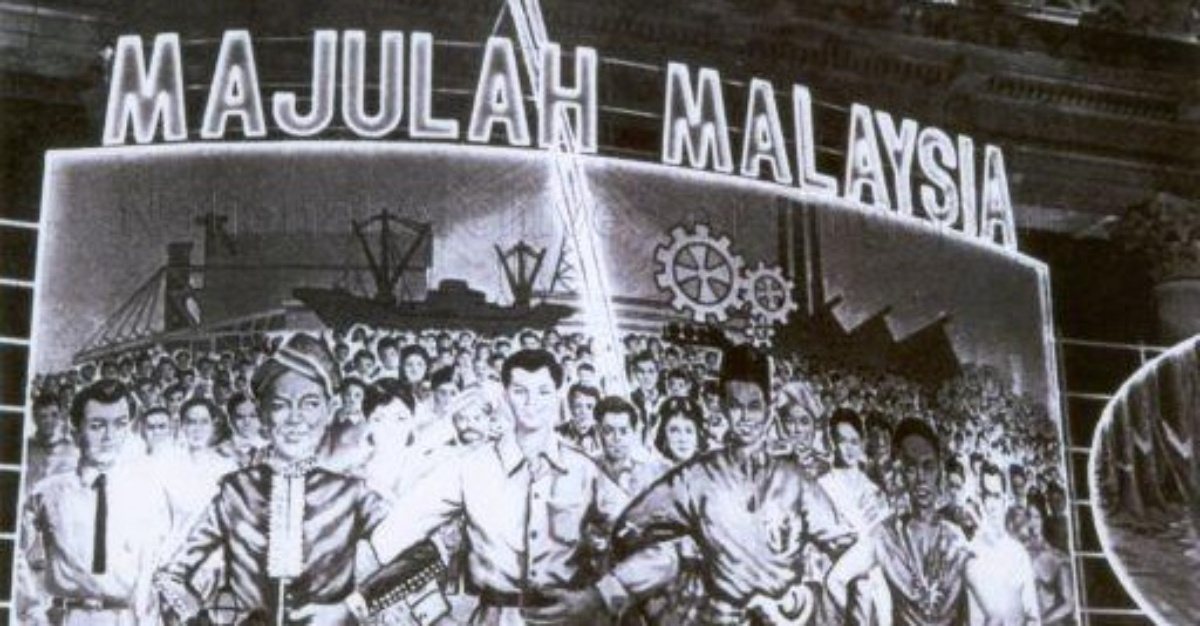
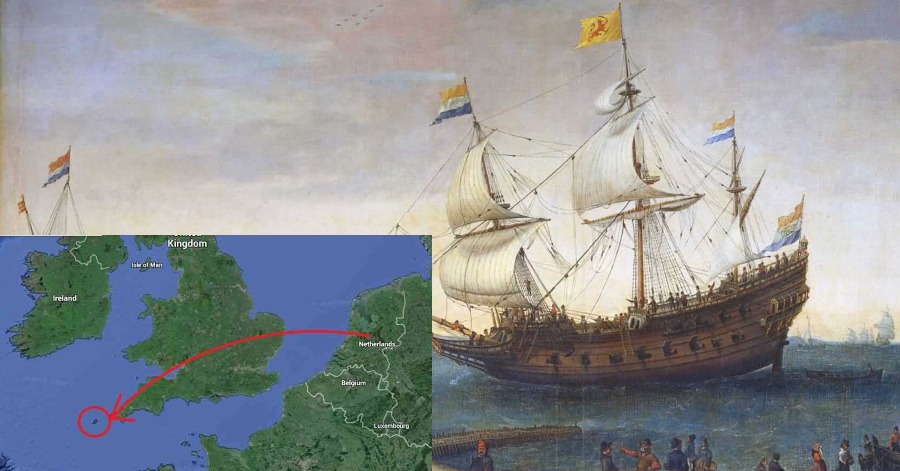
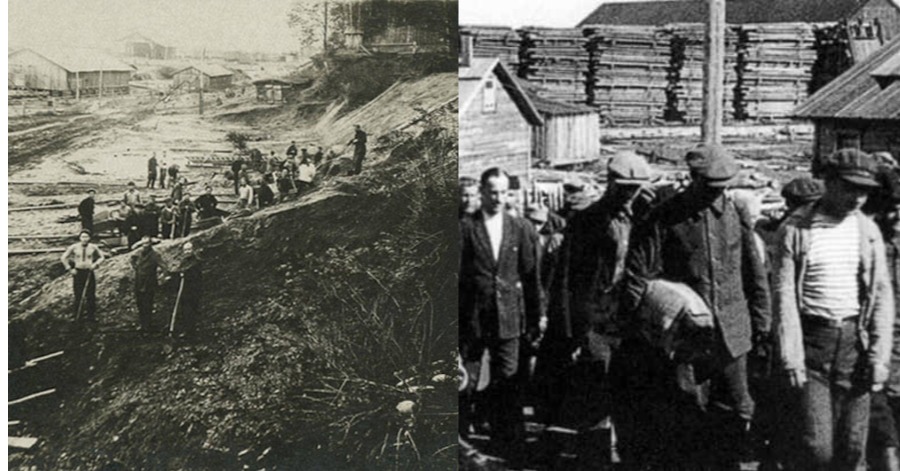
Leave a Comment